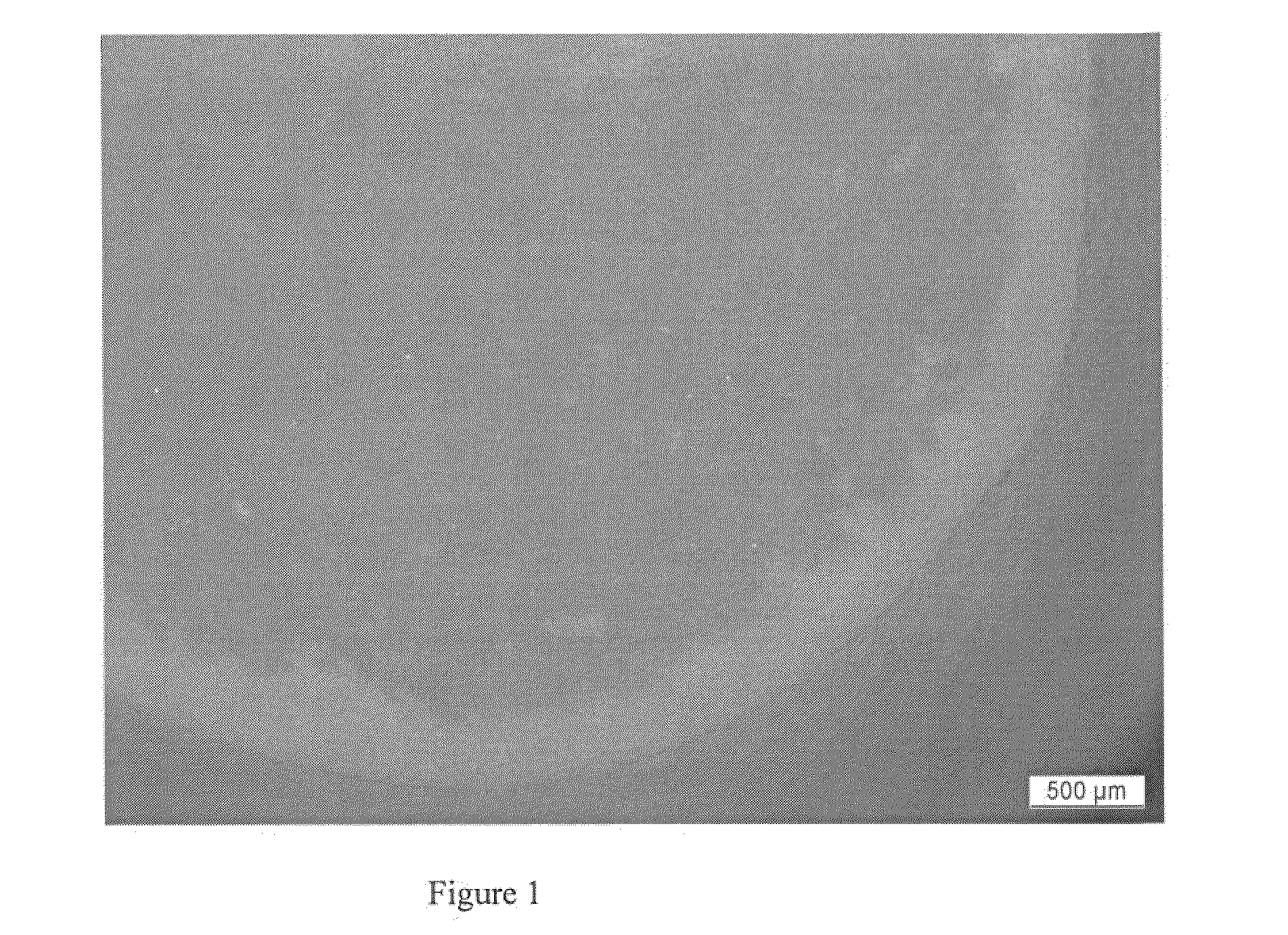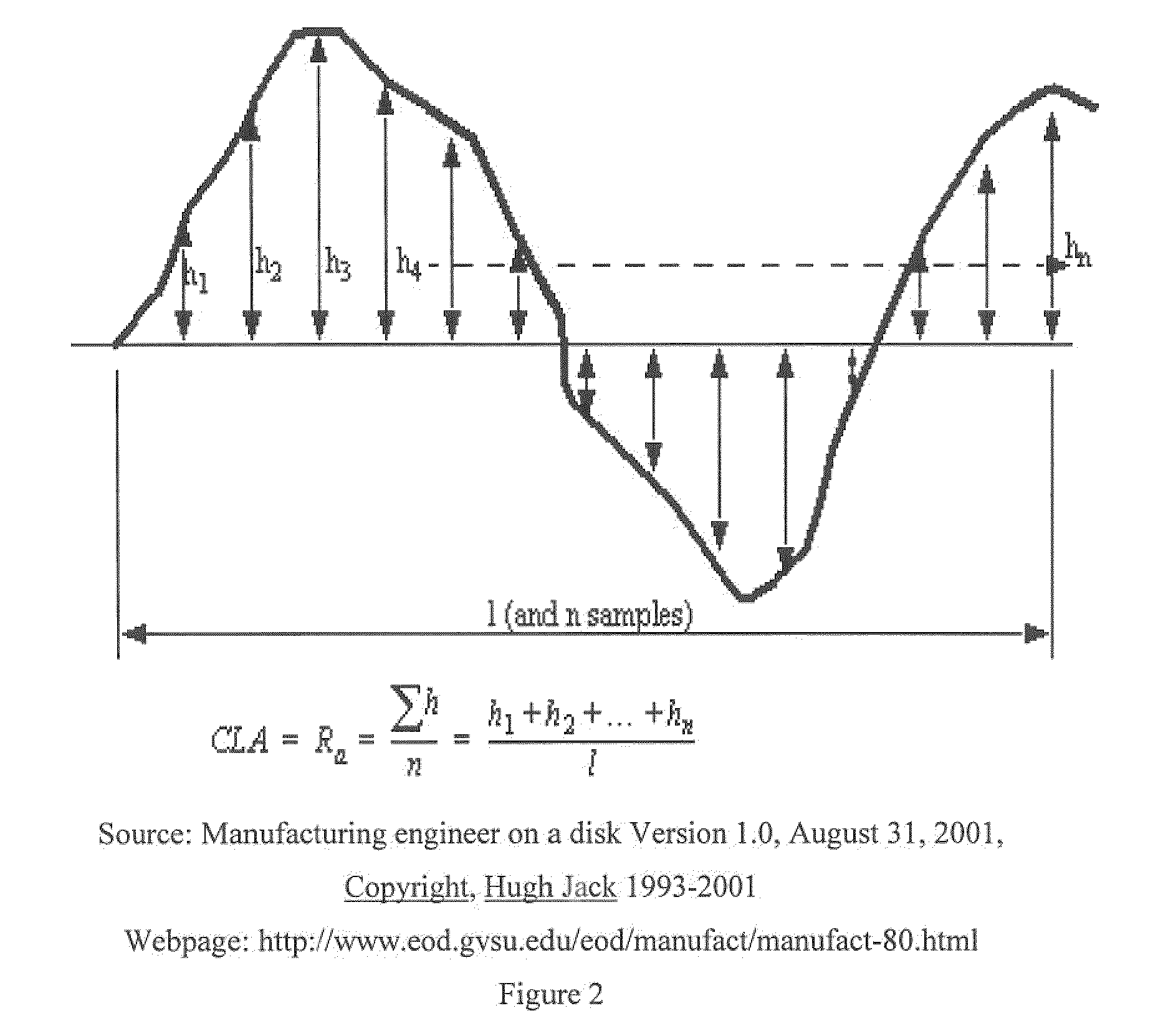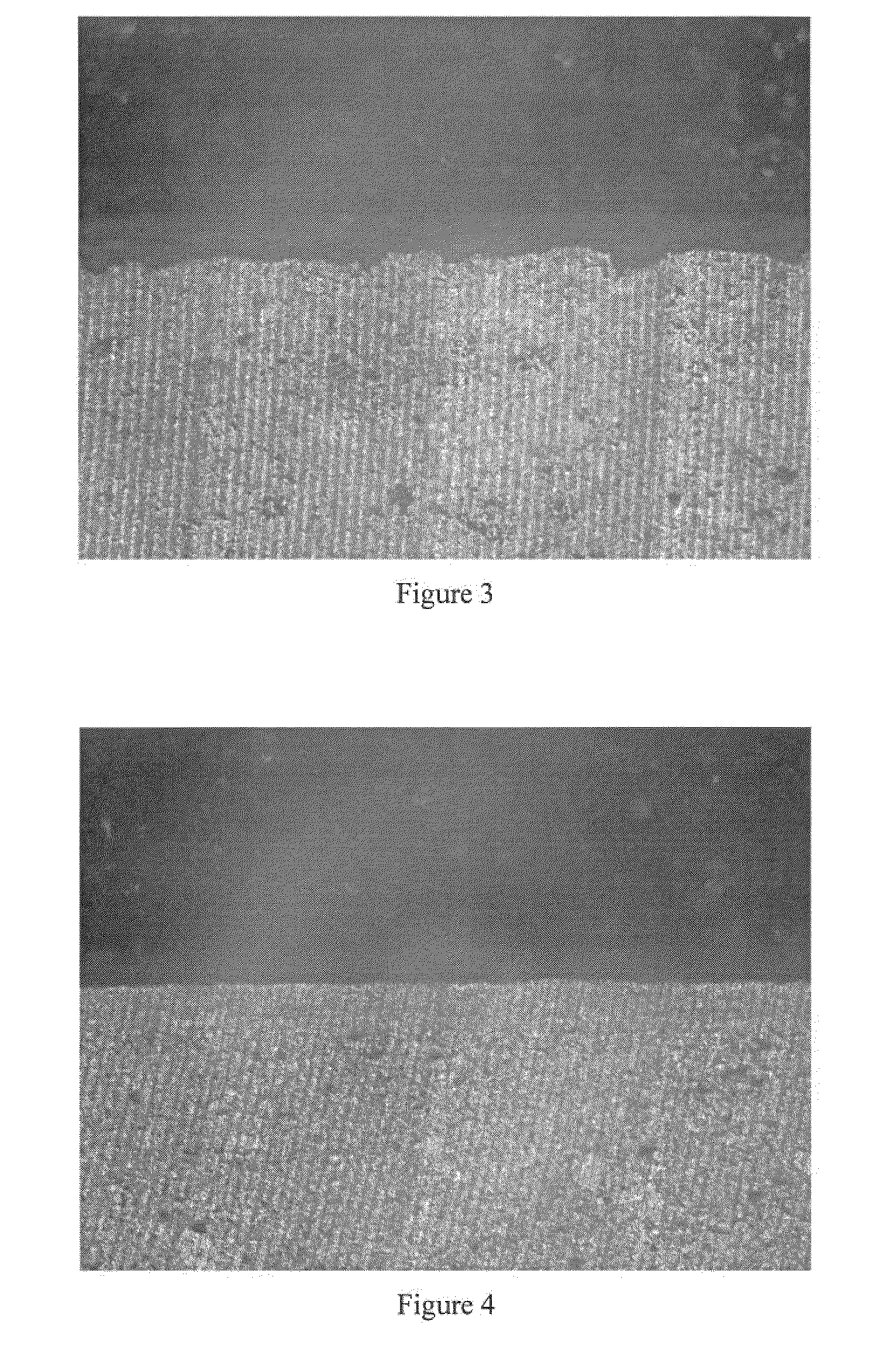Abuse resistant melt extruded formulation having reduced alcohol interaction
a melt extruded formulation and alcohol-resistance technology, which is applied in the direction of drug compositions, biocides, metabolism disorders, etc., can solve the problems of drug dissolution of the second agent that does not meet the above criterion of biphasic drug dissolution, abuse of prescription drugs has become a public health problem, and certain users are addicted to opioids, etc., to reduce drug-alcohol interaction, reduce or limit dose-dumping
- Summary
- Abstract
- Description
- Claims
- Application Information
AI Technical Summary
Benefits of technology
Problems solved by technology
Method used
Image
Examples
example 1
Manufacture of the Tablets for Film Coating
[0144]A homogeneous powder mixture consisting of 61.8% by weight acetaminophen, 12.6% by weight Eudragit® RL, 12.6% by weight xylitol, 6% by weight hydroxypropyl methylcellulose (Methocel® K100), 6% by weight hydroxypropyl methylcellulose (Methocel® K100M) and 1.0% by weight Aerosil® 200 was metered at a rate of 20 kg / h into a co-rotating twin screw extruder (ZSK-40) and extruded at a temperature of about 140° C. to produce a homogeneous, white melt ribbon. While still in the plastic state, this melt ribbon was introduced into the roll slit of a counter-rotating forming roller calender, the rollers of which had recesses on their surface from which tablets could be formed directly from the melt ribbon. The resulting tablets had a mean weight of 720 mg after cooling and deburring. The surface of the tablets was rough and uneven in places.
example 2
[0145]Acetaminophen with a particle size of 13% greater than 0.25 mm and 68% greater than 0.063 mm was suspended in water by stirring. The active ingredient settled very rapidly after switching off the stirrer. This suspension was comminuted and homogenized by passing through a colloidal mill. After milling, a solid, powdered polymer (Kollicoat® IR, BASF) was added to this suspension (mass ratio acetaminophen / Kollicoat® IR=75:25) to produce a total solids concentration of 30% by weight. Even after adding the polymer the acetaminophen still showed a marked tendency to sedimentation. While continuously stirring this suspension was then sprayed onto the tablets described in example 1 (6 kg) in a film coater (Driam). Samples of tablets were taken after 30, 50, 70 and 90 mg acetaminophen had been applied over the film coat. In all cases the coating was observed to adhere very well to the tablets, although the surface of the pure white film-coated tablets was still slightly rough due to t...
example 3
[0147]Acetaminophen with a particle size of 1% greater than 0.25 mm, 5% greater than 0.1 mm and 16% greater than 0.063 mm was suspended in water by stirring. The active ingredient showed a decreased tendency to settle after switching off the stirrer compared to the material which was used in example 2. Solid, powdered polymer (Kollicoat® IR, BASF) was then added to this suspension (mass ratio acetaminophen / Kollicoat IR®=75:25) to produce a total solids concentration of 30% by weight. After adding the polymer, the acetaminophen showed hardly any tendency to settle. This suspension was then sprayed onto tablets (6 kg) which had been produced as described in Example 1 but with a slightly modified tablet geometry, in a film coater (Driam) (process parameters as in Example 2). The tablets were sampled after 30, 50, 70, 90 and 120 mg of acetaminophen had been applied to the film coat. Very good adhesion of the coating on the tablets was observed in all cases. The surface of the pure white...
PUM
| Property | Measurement | Unit |
|---|---|---|
| force | aaaaa | aaaaa |
| force | aaaaa | aaaaa |
| force | aaaaa | aaaaa |
Abstract
Description
Claims
Application Information
 Login to View More
Login to View More - R&D
- Intellectual Property
- Life Sciences
- Materials
- Tech Scout
- Unparalleled Data Quality
- Higher Quality Content
- 60% Fewer Hallucinations
Browse by: Latest US Patents, China's latest patents, Technical Efficacy Thesaurus, Application Domain, Technology Topic, Popular Technical Reports.
© 2025 PatSnap. All rights reserved.Legal|Privacy policy|Modern Slavery Act Transparency Statement|Sitemap|About US| Contact US: help@patsnap.com



